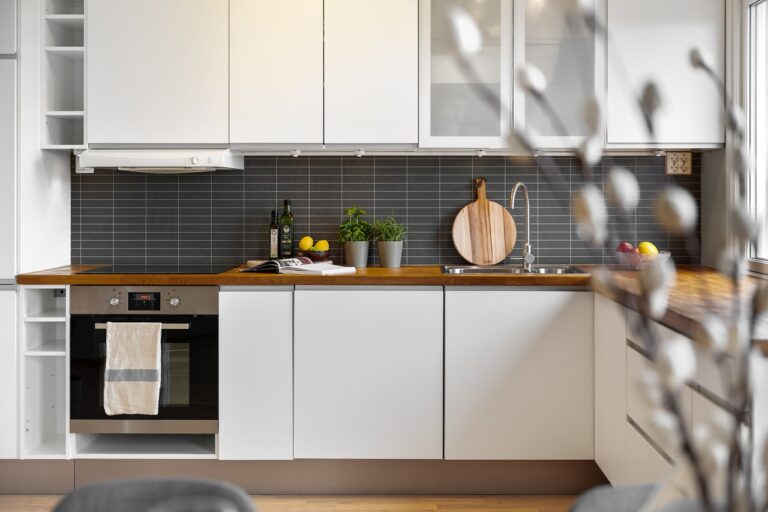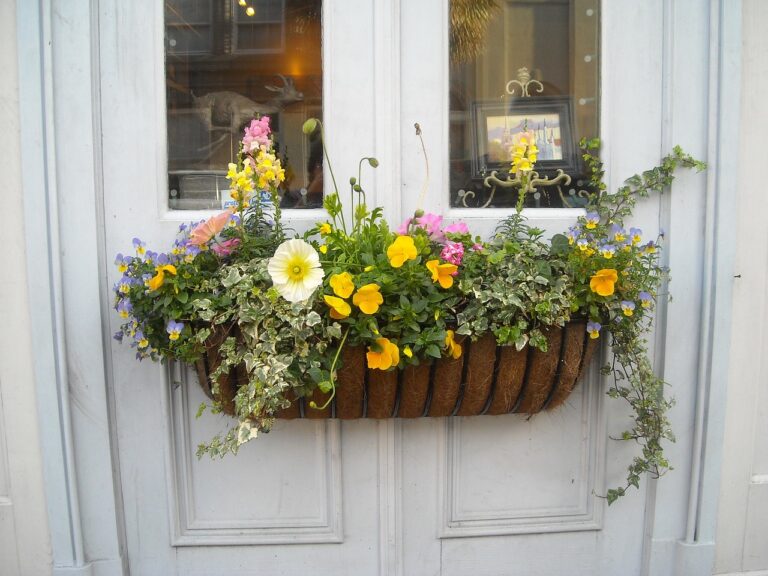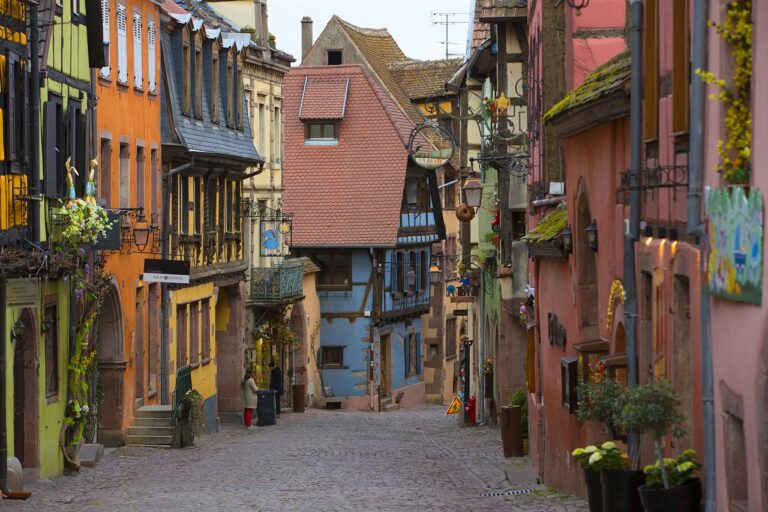The Evolution of Bathroom Design: Luxurious Trends and Innovations
From the early days of basic, functional bathrooms to the modern oasis-like spaces we see today, the evolution of bathroom design has been a remarkable journey. Gone are the days when bathrooms were merely utilitarian areas; they have now transformed into personal retreats for relaxation and rejuvenation. The shift towards designing bathrooms as luxurious and soothing sanctuaries reflects a societal move towards prioritizing self-care and well-being.
With advancements in technology and an increased focus on aesthetics, contemporary bathroom designs often feature sleek and minimalist elements that create a sense of calm and sophistication. From cutting-edge fixtures and fittings to seamless integration of smart technology, today’s bathrooms are a harmonious blend of style and functionality. The emphasis on creating inviting and comfortable spaces in the bathroom is evident in the use of innovative materials and thoughtful design elements that cater to the needs and preferences of the modern homeowner.
Incorporating Smart Technology
Smart technology has revolutionized the way we interact with the world, including how we experience our bathrooms. From voice-activated lighting and mirrors to temperature-controlled showers, these innovative features offer both convenience and luxury to users. With the integration of smart technology, individuals can personalize their bathroom experience to suit their preferences and needs seamlessly.
In addition to enhancing convenience, smart technology in bathrooms also increases efficiency and conservation of resources. Smart shower systems can regulate water usage, ensuring responsible consumption and reducing waste. Likewise, smart thermostats can maintain optimal temperatures, promoting energy efficiency and reducing utility costs. By incorporating these technologies, homeowners can enjoy a more sustainable and eco-friendly lifestyle without compromising on comfort and style.
• Smart technology has revolutionized the way we interact with the world
• Innovative features offer convenience and luxury to users
• Personalize bathroom experience to suit preferences and needs seamlessly
• Smart shower systems regulate water usage, ensuring responsible consumption
• Smart thermostats maintain optimal temperatures, promoting energy efficiency
• Homeowners can enjoy a more sustainable and eco-friendly lifestyle without compromising on comfort
Sustainable and Eco-Friendly Materials
Bathroom design trends are increasingly leaning towards sustainability and eco-friendliness. Homeowners are opting for materials that are not only visually appealing but also have a minimal impact on the environment. From recycled glass countertops to bamboo flooring, there are plenty of options available for those looking to incorporate eco-friendly elements into their bathroom design.
In addition to the aesthetic appeal of sustainable materials, they also offer practical benefits. Materials such as reclaimed wood and low VOC paints help create a healthier indoor environment by reducing harmful off-gassing chemicals. By choosing sustainable options, homeowners can feel good about minimizing their carbon footprint while enjoying a stylish and environmentally conscious bathroom space.
What are sustainable materials in bathroom design?
Sustainable materials in bathroom design are those that have a minimal impact on the environment and are sourced and produced in an eco-friendly manner. Examples include bamboo, recycled glass, reclaimed wood, and low VOC paints.
How can smart technology be incorporated into a sustainable bathroom design?
Smart technology can be incorporated into a sustainable bathroom design by using energy-efficient fixtures and appliances, such as low-flow toilets, sensor-activated faucets, and LED lighting. These technologies help to reduce water and energy consumption.
Why is it important to use sustainable and eco-friendly materials in bathroom design?
Using sustainable and eco-friendly materials in bathroom design is important because it helps to reduce the environmental impact of the building industry. These materials are often non-toxic, energy-efficient, and durable, making them a better choice for both the environment and the health of occupants.
What are some examples of sustainable and eco-friendly materials that can be used in a bathroom?
Some examples of sustainable and eco-friendly materials that can be used in a bathroom include bamboo flooring, recycled glass countertops, reclaimed wood vanities, low VOC paint, and water-saving fixtures. These materials are not only environmentally friendly but also stylish and durable.
How can homeowners incorporate sustainable and eco-friendly materials into their bathroom design?
Homeowners can incorporate sustainable and eco-friendly materials into their bathroom design by researching and selecting products that are certified as environmentally friendly, such as those with the Energy Star label or certifications from organizations like the Forest Stewardship Council. They can also work with designers and contractors who specialize in sustainable building practices.







